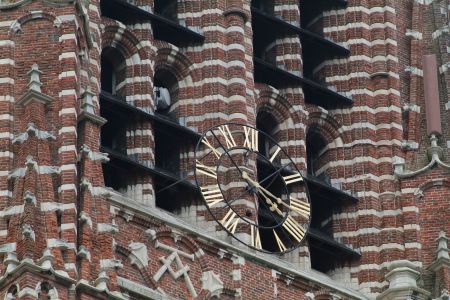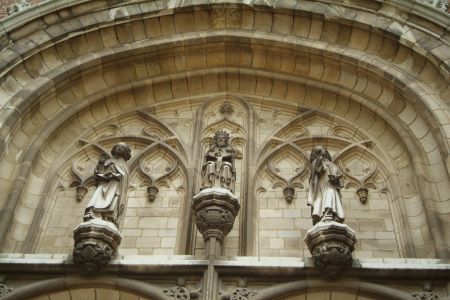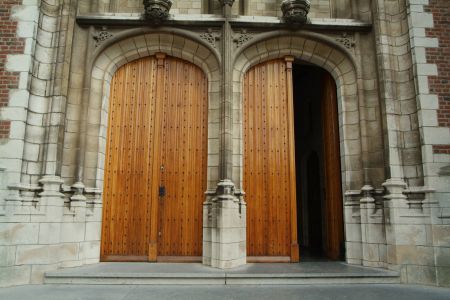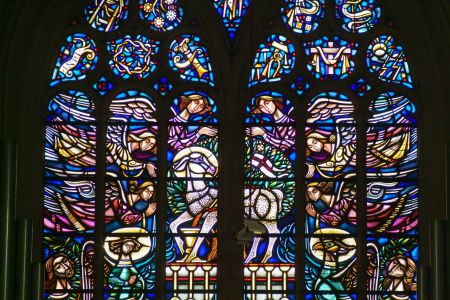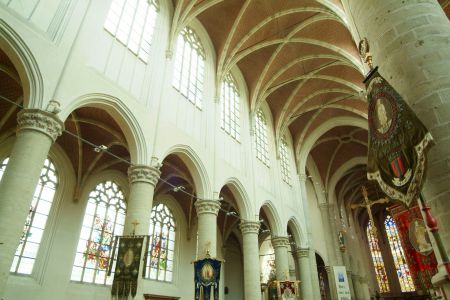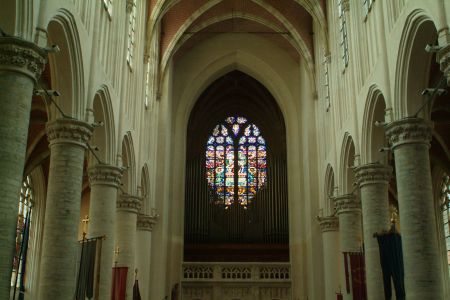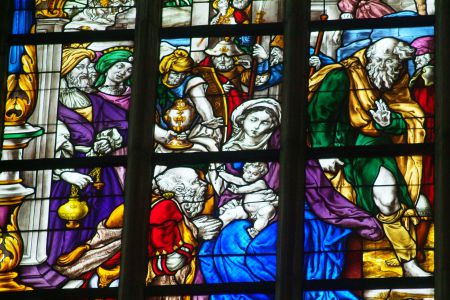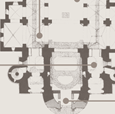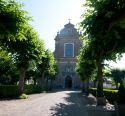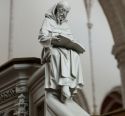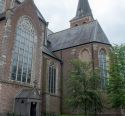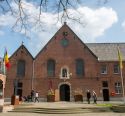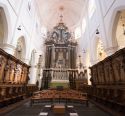Church | 1525 | Gothic | Catholic Church






Map
Opening hours
01 May - 30 September
Mon -
Tue 13.00 - 17.00
Wed 13.00 - 17.00
Thu 13.00 - 17.00
Fri 13.00 - 17.00
Sat 13.00 - 17.00
Sun 13.00 - 16.00
01 October - 31 October
Mon -
Tue 13.00 - 16.00
Wed 13.00 - 16.00
Thu 13.00 - 16.00
Fri 13.00 - 16.00
Sat 13.00 - 16.00
Sun 13.00 - 16.00
Guided tour
Religious offices
Description
The interesting flamboyant Gothic church in brick of Saint Catherine was designed by the architects Hendrik Lambrechts and Rombaut Keldermans between 1525 and 1550.
The original 102 metre high tower, which was blown up by the Germans in 1944, was replaced in 1958 by an imposing tower/porch which, at 105metres in height, dominates its surroundings.
Inside the church, seven of the original seventeen altars are intact and magnificent 16th century Gothic stalls, of which the high backs have been saved, are worth seeing. Noteworthy also are the pulpit, a communion pew, baptismal fonts and many other riches which all tell their own story. The chancel and transept are embellished with superb stained glass windows including “The Last Supper“(1535).
Of numerous tombs that of Antoine de Lalaing (1540) and his wife (1555) is one of the most beautiful examples of renaissance style in Belgium. This is attributed to Jean Mone the sculptor of Charles V. The recumbent figures are in alabaster and the sarcophagus in black marble.
Photos
Media
Remarkable elements
Stained glass window
The Last Supper stained glass window is one of the most beautiful stained glass windows in St. Catherine's Church.
It was given by the States of Holland to Antoon De Lalaing in 1535. It is a Renaissance stained glass window designed by none other than Pieter Coecke Van Aelst, master of Pieter Breughel the Elder. The light blue, the Bleu de Chartres, gives the impression of looking straight into the sky.
Mausoleum of Antoon of Lalaing
The mausoleum of Antoon de Lalaing and Elisabeth van Culemborg is a jewel of the funeral heritage. The Count is represented in full armour and as a knight of the Order of the Golden Fleece, he is wearing the chain of the Golden Fleece. The Countess is wearing an ermine cape and a typical headdress. The lion and dog at their feet symbolize bravery and loyalty.
Choir stalls
The choir stalls or "Groot Gestoelte" are in late Gothic style and were built by Albrecht Gelemers between 1532 and 1554. The complex is described as an oak church in this stone church. The stalls are literally built on the twelve apostles, represented on the corners of each row. They were decorated with proverbs and moralizing sayings.
The mercies mainly give an insight into popular life at the end of the Middle Ages. Nonsense such as alcohol abuse, impudence or gluttony are highlighted.
Tapestries
Three tapestries hang in the south side choir. They are safe behind glass and protected from dust, humidity and sunlight. They represent the life of St. Elizabeth of Hungary, patron saint of the Countess Elisabeth.
Other tapestries of the same series hang in the north side choir.
The tapestries were made for Counts Antoon de Lalaing and Elisabeth van Culemborg to decorate the church of St Catherine under construction. They date from the 16th century, like the famous Brussels and Flemish tapestries.
The Altar of the Holy Blood
In the chapel of the Holy Blood is the reliquary of the Holy Blood. In its centre is a small oval glass in front of a tiny piece of the blood painting. The real fabric is safe in the sacristy vault, in the dark and protected from moisture. The reliquary containing the painting is only displayed during Holy Week, as well as from the first to the second Sunday after Pentecost. At these times, it is also part of the processions.
Painting of Saint Joseph
In the side chapel of Saint Joseph, under the stained glass window, there is a small painting of the saint's life, which appears modest. It must have been made around 1500. The painter of the painting is anonymous and is a Flemish primitive. Yet it is a particularly precious and remarkable work of art on a rarely represented subject: the painting depicts the life of Saint Joseph in seven episodes.
It belongs to the list of masterpieces of the Flemish Community.
This is why the painting is also one of the best executives in the Flemish Community.





